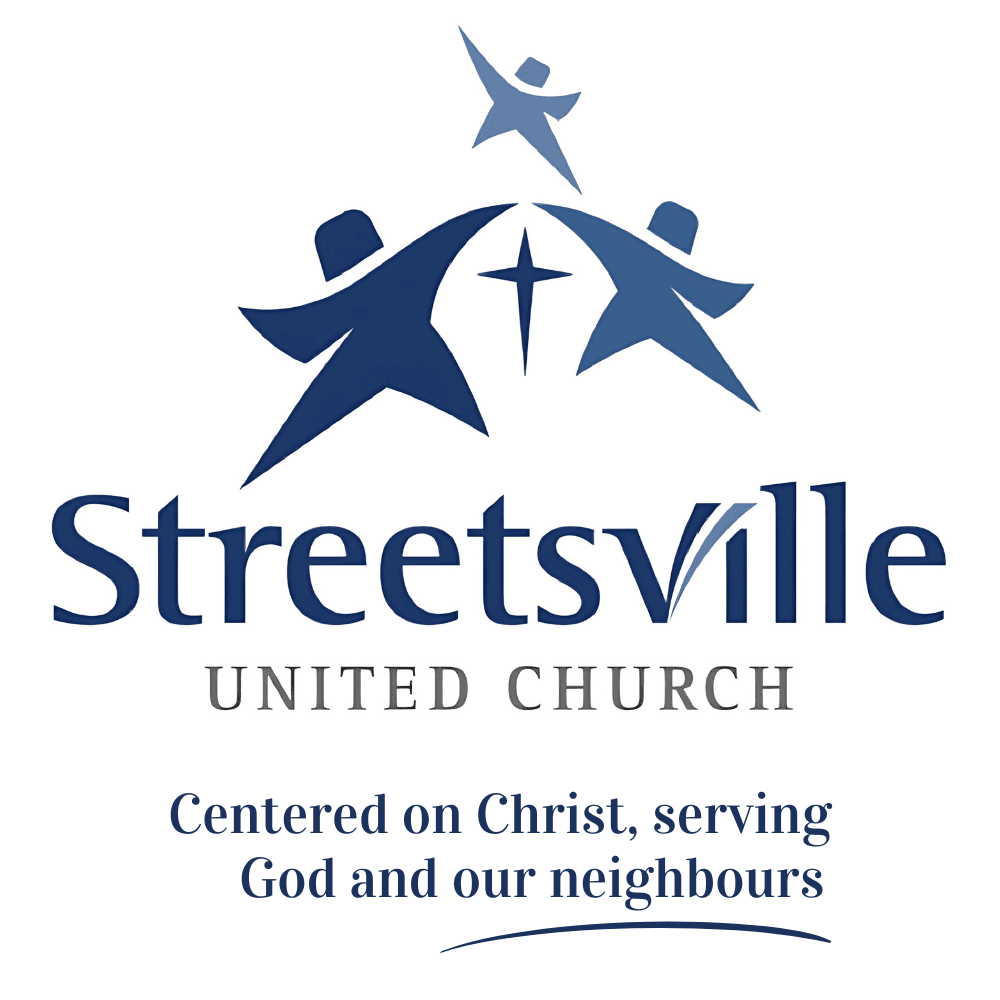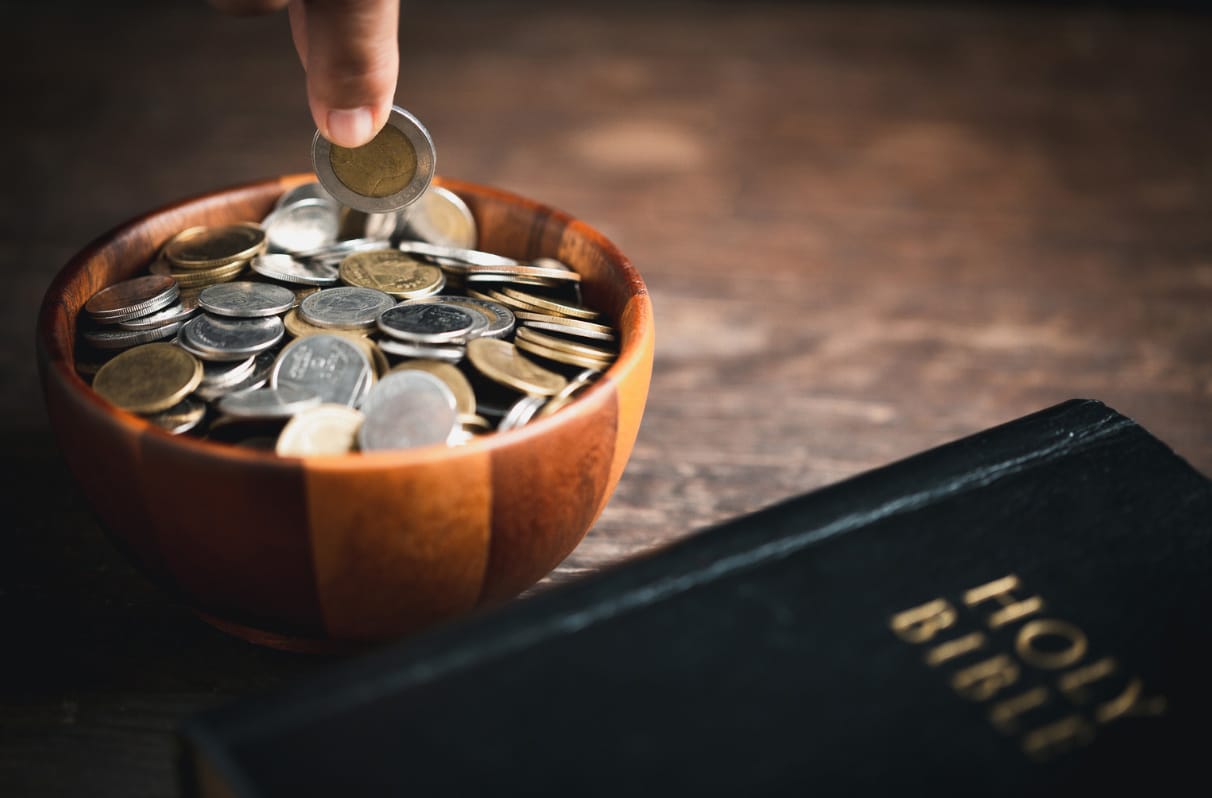For over one and a half centuries, musical accompaniment in the form of wind-driven pipe instruments has been a cherished part of worship at Streetsville Methodist/United Church. Below is a timeline of key milestones in the history of the church’s organs:
Milestone Timeline
Year
Milestone
1848
A small hand-pumped melodeon was acquired and placed in the original Maiden Street building.
1876
The melodeon was moved to the new Methodist Church sanctuary at Queen and Barry Streets (the current building). However, it was quickly deemed “nowhere near loud enough for the size” of the new sanctuary. Economic conditions delayed a replacement until 1891.
1891
The first pipe organ was acquired from E. Lye and Company for $287.50. The Ladies’ group raised $250, and an additional $100 came from the Sunday School.
1919
A motion was approved to purchase a new pipe organ.
1920
A new organ was installed based on Specification No. 593 from Canadian Pipe Organ Company Limited of St.-Hyacinthe, Quebec. The organ featured two manuals, 396 pipes, and 7 ranks, costing $2,400.
1931
The organ underwent another reconstruction, supported by women’s groups.
1946
The organ was moved to a position immediately behind the pulpit.
1960
A major reconstruction of the choir loft was completed. The new organ console was placed at the front left of the choir loft, with pipe chambers in the balcony. Additional ranks were added, and earlier pipe ranks were refurbished. The work was done by Keates and Company of Milton, Ontario, at a total cost of $7,200. The refurbished organ was dedicated to those who gave their lives in World War II.
1980
Another refurbishing of the organ was completed by Keates. Additional ranks were added, including the installation of pipes currently visible across the rear of the choir loft. The organ now had 825 pipes across 13 ranks and 21 stops (still 2 manuals), costing approximately $80,000.
1998
A new blower was installed, but it was advised that the next refurbishment would require a six-figure investment for proper restoration.
April 2003
The entire organ was replaced with a Phoenix Organs PD-351 Digital Organ. This new organ featured three 51-stop organ stylings (English, Baroque, and English with Orchestral Instruments), three manuals, a pedal keyboard, a 12-channel amplifier, a pipe organ speaker system, and antiphonal speakers.
A Historical Note
From 1891, there has always been a pipe organ in the church, frequently rebuilt, with pipes moved about and keyboard systems modernized. Some pipes in the gallery boxes may date back to the 1919 reconstruction or even earlier. However, the original lead pipe direct key/pipe airflow system and the small screen at the back of the choir loft—where a young lad once pumped the organ by hand—are long gone.

